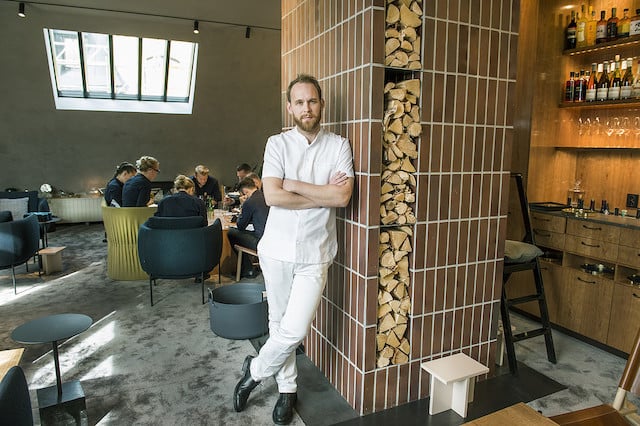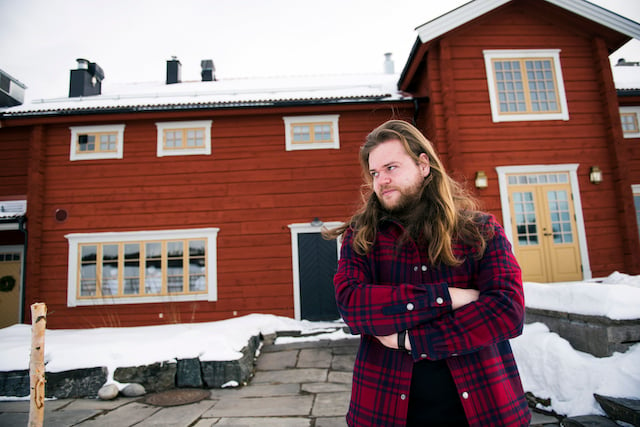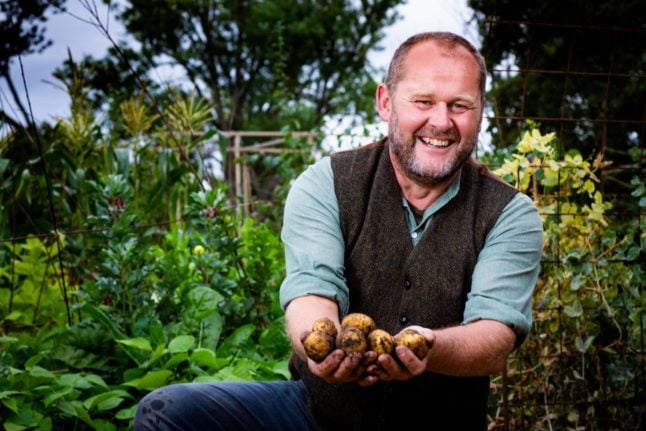Ever since 2004, the Swedish White Guide, the country's answer to the Michelin Guide, has released its list of top restaurants, and this year it recommended 600 restaurants across the country.
Each restaurant was rewarded points for criteria such as food, drink, service and ambiance, with 40 of those points reserved for the quality of the food. The top-ranked restaurant was Fäviken Magasinet in Åre, claiming 97 out of a maximum 100 points.

Björn Frantzén in his restaurant in Stockholm. Photo: Lars Pehrson/SvD/TT
This was the second time Fäviken Magasinet has been named the top-rated restaurant.
It also won the Best Gastronomy category, for moving “the boundaries of their own distinctive Nordic gastronomy in combination with an all the more interesting drink selection and an ambience that almost perfectly connects the experience”.
READ ALSO: Swedish chef ranked second best in Europe
But it was not the only restaurant that made a second appearance in the list. Eight taverns and five restaurants, including Frantzén, were included in last year's guide. This year 89 new taverns and 87 restaurants were included in the guidebook.
Mikael Mölstald, one of the founders of White Guide, attributed the success of newcomers to the dynamic restaurant environment in Sweden.
“Today, the Swedish restaurant trade has fantastic self-confidence, which many successful taverns around the country show, much because the stars of our top list inspire young but just as important chefs and dining professionals to establish their own,” he said in a statement.
The other categories:
Best restaurant – restaurant culture: Frantzén, Stockholm
Best restaurant – gastronomy: Fäviken Magasinet,
Järpen/Åre
Shooting star: Etoile, Stockholm
Pioneer: Garveriet, Floda
Service experience: Frantzén, Stockholm
Drink experience: Daniel Berlin Krog, Skåne Tranås
Worth a trip: Skoogs Krog & Logi, Funäsdalen
Hidden Gem: Taxinge Krog, Nykvarn
Heart Pub (a pub where you feel at home): Hemmagastronomi, Luleå
Rising Star: Frida Nilsson, MJ's, Malmö
Tribute to a meaningful gastronomical act: PG Nilsson, Svenska Brasserier, Stockholm




 Please whitelist us to continue reading.
Please whitelist us to continue reading.
Member comments